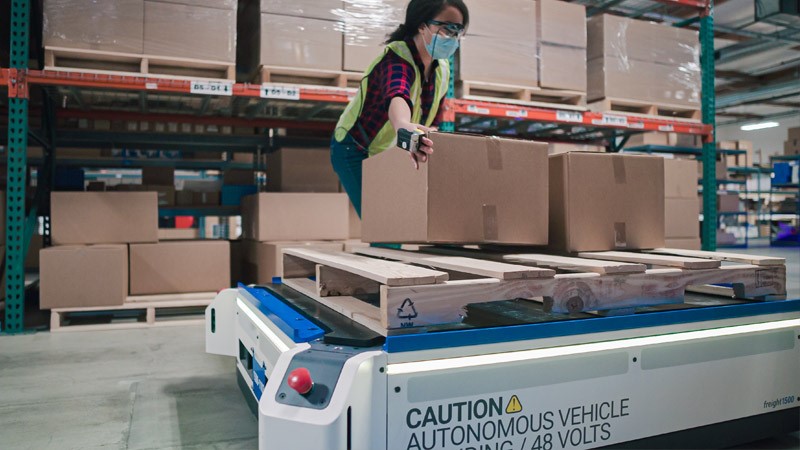
Zebra, a company dedicated to improving the business performance of its partners, has decided to bet on the retail industry actively. In 2020, e-commerce increased by 44%, a figure that has served to accelerate the transition of customers from retail to online channels or mixed models such as online shopping and collection in store (BOPIS) or collection outside of shop (curbside pickup).
“This change puts enormous pressure on warehouses and distribution centers (DC), especially on front-line employees who have to handle an increasing number of orders ”, says David Lancefield, Director of Software Solutions Sales for Zebra Technologies EMEA. “To compensate, warehouse operators have hired a record number of workers in recent months. In September 2020, 1.25 million workers in the warehouses and warehouses sector, more than in any other period of the last 10 years”.
Although they have seen their demand for employees satisfied, the warehouse and distribution center operators They continue to face numerous challenges, such as:
- Adaptation: New hires require considerable training time and need to work alongside experienced employees who can help with questions and problems.
- Customer demand: Fluctuations in e-commerce traffic, whether due to future pandemic impacts or other unexpected factors, can be difficult to assess in the forecasting and workforce scheduling processes. As a result, warehouses can run out of staff or have an oversized headcount.
- Best practices for management From handwork: Manual programming processes can be inaccurate. In addition, they lead warehouse managers to spend too many hours changing schedules instead of training and helping new employees.
Intelligent personal management system
Not even the most experienced managers have visibility into all the variables that affect the headcount a warehouse needs at any given time. And the areas where they do have visibility, such as employee preferences and skills, can be difficult to track on a day-to-day basis, especially when managing large numbers of workers.
Without a smart system to do much of this work, even a heavy investment in hiring new employees will not relieve the strain of current industry pressures.
Many of these challenges can be solved with an intelligent personnel management system that automate workforce optimization processes and provide a complete solution to streamline budgets, forecasts, and work schedules.
These solutions can quickly detect changes in data patterns and create the most appropriate forecasting models to take into account warehouse workload, employee preferences, corporate equality standards, labor regulations, and much more.
This ensures that warehouses have more accurate forecasts and work schedules during periods of increased demand or other disruptions. These time savings are spent by managers training newly hired front-line employees, helping them feel more involved in the business right out of the box and improving productivity.


